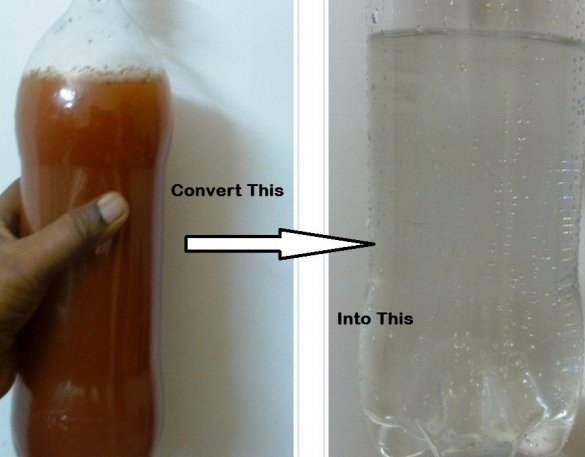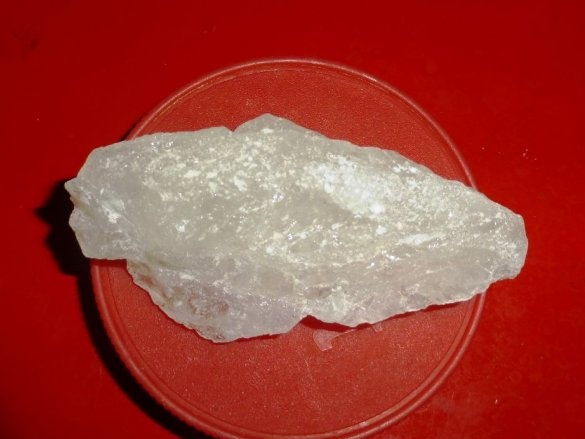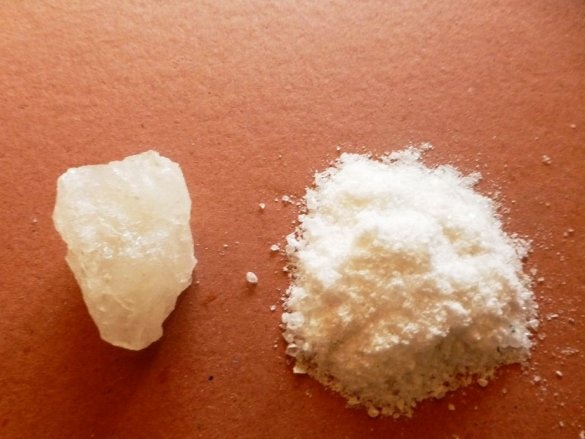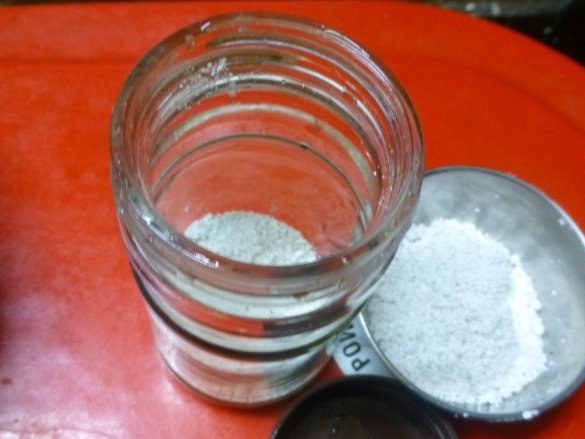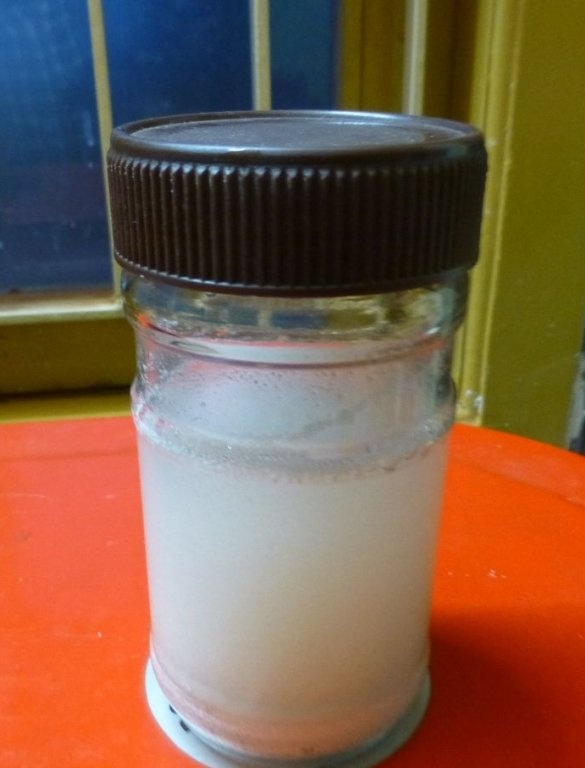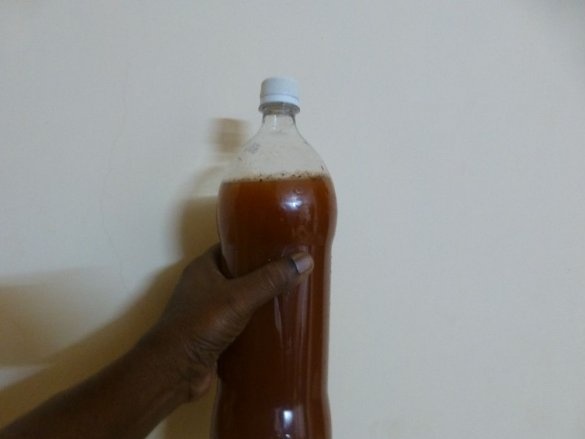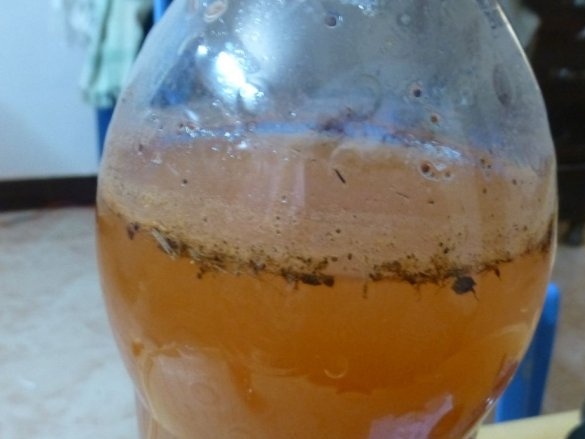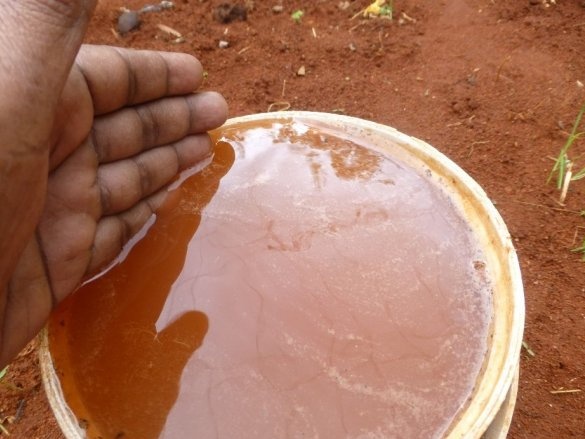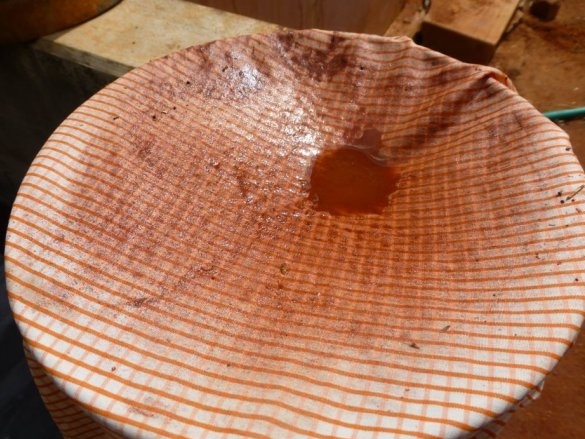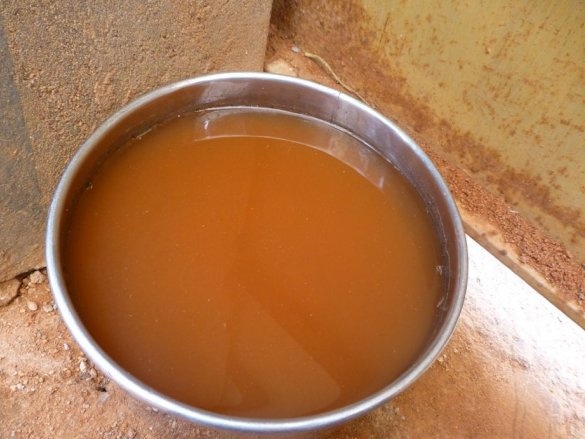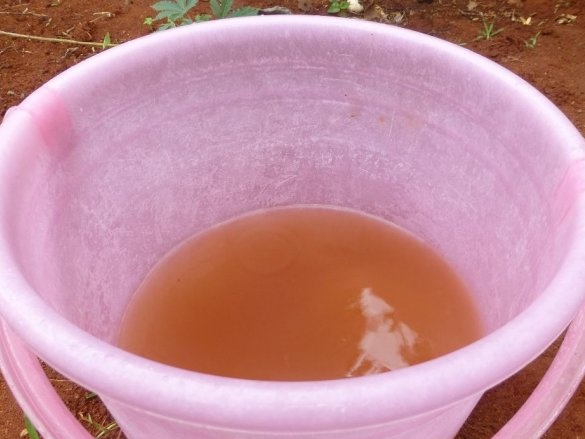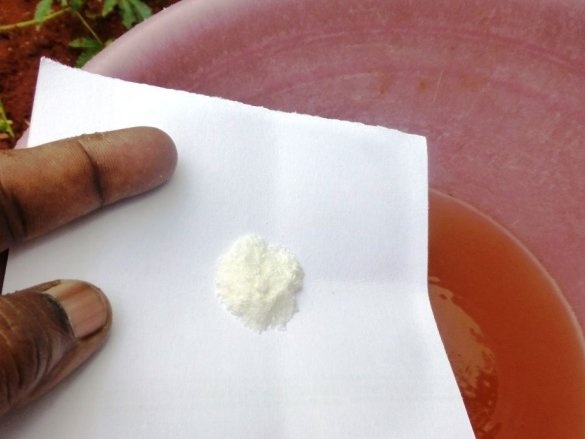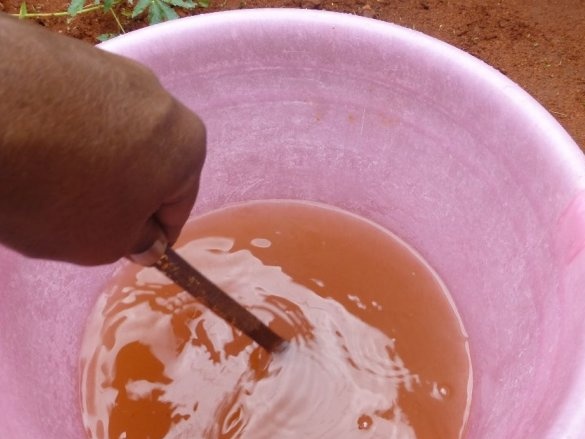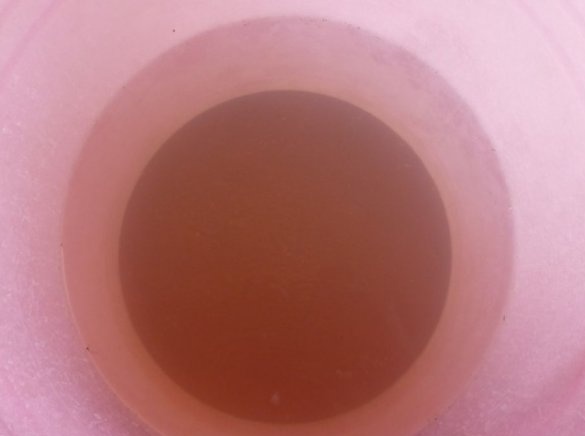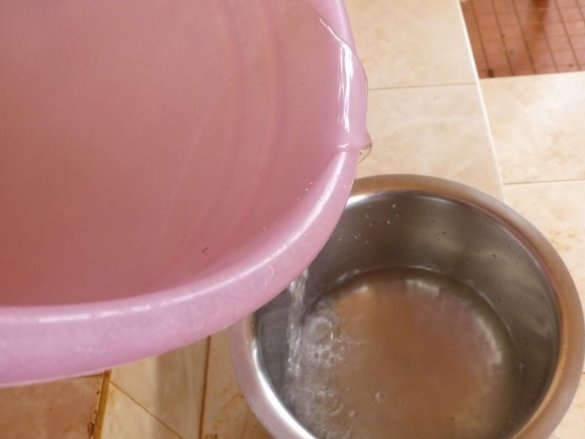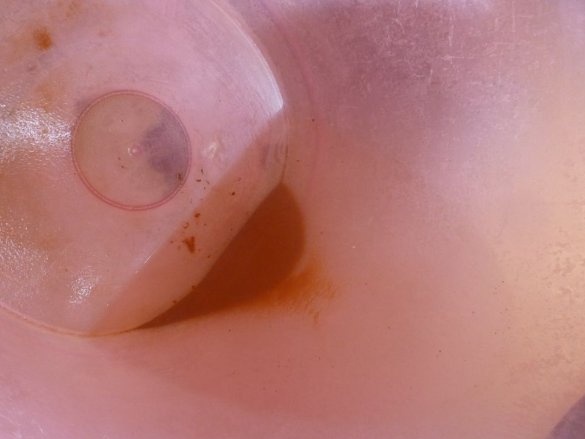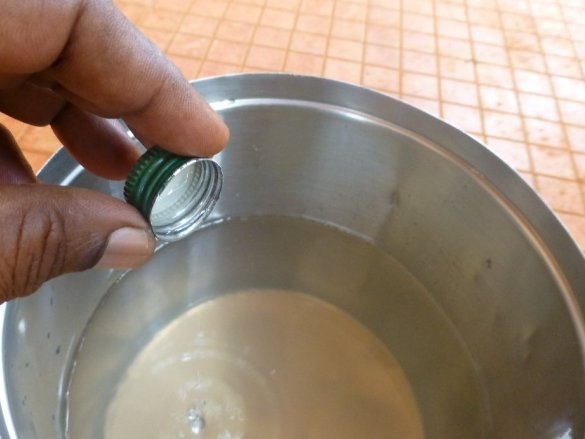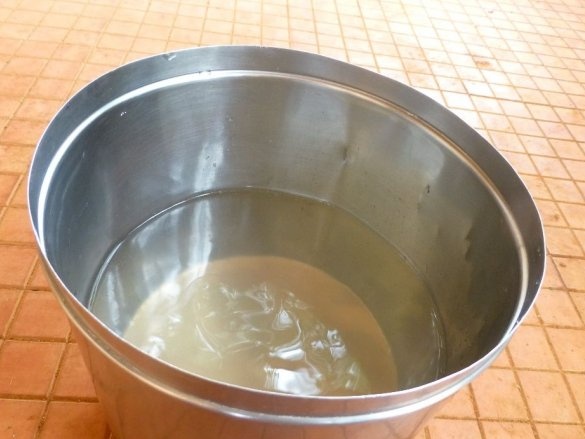How to make drinking water out of unusable water? This article will tell about all the stages of water purification in the field (of course, in the presence of chemical ingredients).
The following substances will be required for water purification.
1) Aluminum sulfate (food supplement E 520). Aluminum sulphate settles particles in the water to the bottom. You need to make a powder from a sulfate crystal.
2) Chlorine-containing bleach. Chlorine kills up to 90% of bacteria in water. Need to make a solution. Dissolve two tablespoons of bleach in a jar of water.
Now let's start cleaning. We collect water.
Filter through a cloth.
Add aluminum sulfate per liter of 10 mg. Mix. Leave the water for seven hours.
Seven hours later, the entire sediment sinks to the bottom. Carefully drain the water into another clean container.
Looks like the water is already clean, but this does not mean that you can drink it. Water contains hundreds of bacteria.
Add 2 drops of chlorine solution per liter of water. Mix the water for half an hour. During this time, the bacteria will be killed, and the smell of chlorine will evaporate.
Now the water is fully edible.
Now some tips.
The prescribed dosage of aluminum sulfate varies from 5 mg / l, for relatively clean water, to 85 mg, for heavily contaminated. The normal dose for drinking water is about 17 mg per liter.
The dosage of the bleaching solution, in the form of 2 drops per liter, involves 60-70 percent of chlorine in the bleaching powder.
An overdose of aluminum sulfate can cause temporary dizziness, diarrhea, and vomiting, so be sure to check the precautions for handling the substance beforehand.
Chlorine solution can cause irritation if it comes into contact with the skin, and even more so you can not use it inside.

